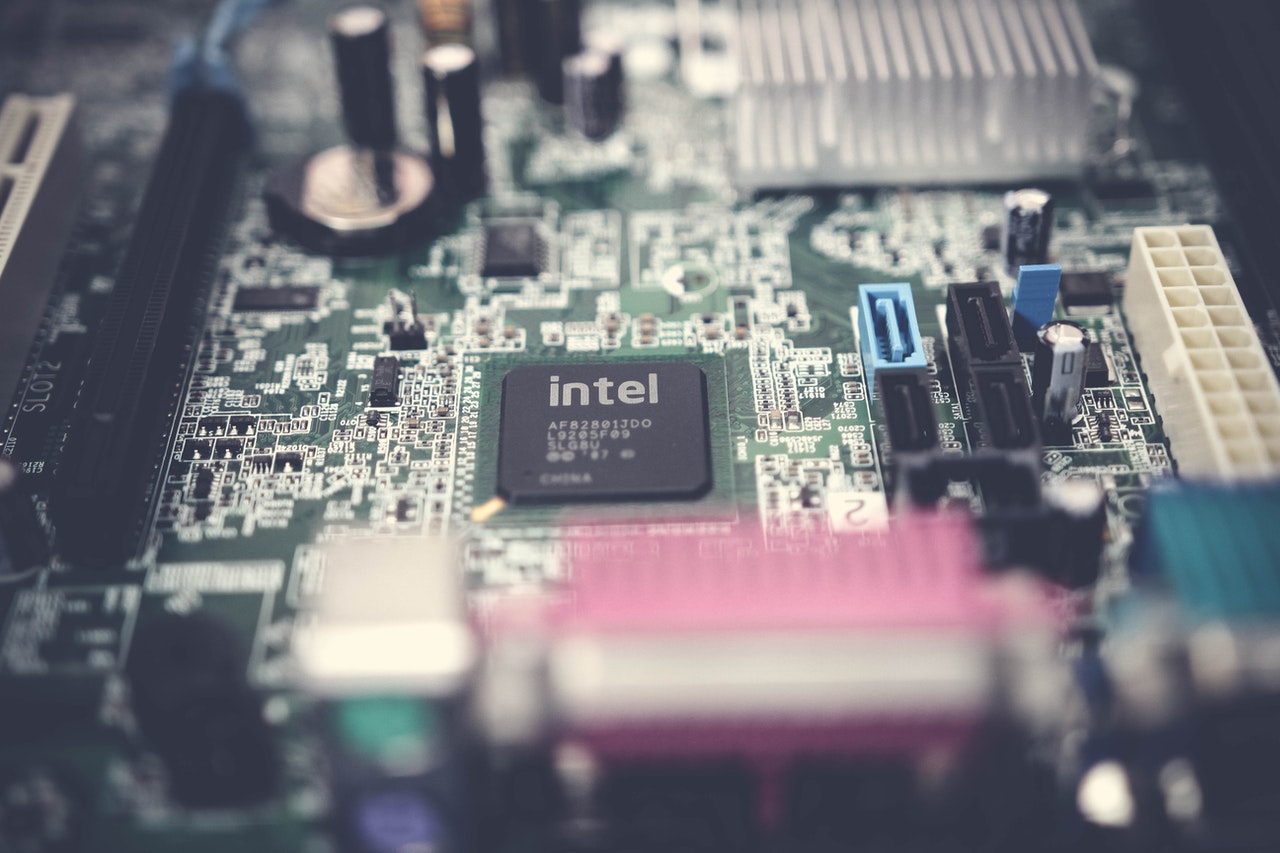
I learned this today. Moore’s Law, that the number of transistors on an integrated circuit will double every two years, is no longer true.
Moore’s Law was coined by George Moore in 1965. He was working at Fairchild Semiconductor where he was the director or R&D. Electronics Magazine asked him what was going to happen to the semiconductor industry over the next ten years. He wrote an article, in which he made his claim that became Moore’s Law. He originally said that the number of transistors on an integrated circuit would double every 18 months, but he revised that to every two years.
In 1968, he founded Intel Corporation with Robert Noyce. He has spent his whole life involved in the technology industry and is 93 at the time of writing. (February 2022)
A transistor is both a power amplifier and a switch. The transistor as an amplifier in radio technology was invented in 1907. The point-contact transistor, the device which got the ball of microchip transistors rolling, was invented by John Bardeen, Walter Brattain, and William Shockley in 1947. They won the Nobel Prize for it in 1956. In 1957, the silicon transistor was invented. The MOS transistor was invented by Mohamed Atalla in 1959, which was the first compact transistor that could be mass-produced.
An integrated circuit is also known as a microchip. It is a set of electronic circuits on a small flat piece of semiconductor material. Each chip has a large number of MOS transistors (metal-oxide-semiconductor).
The first microchip was invented by Jack Kilby and Robert Noyce in 1959. They didn’t work together. Kilby came up with a microchip that was built on geranium. It had connected wires and wasn’t mass-producible. Noyce came up with a microchip on silicon that could be mass-produced. He then went on to found Intel with George Moore.
Before the microchip was invented, transistors were used on their own. The first microchip (integrated circuit) had one transistor. The current world record is Samsung’s V-NAND flash memory chip which has 2 trillion MOS transistors. However, that is an exception. Most modern microchips have between 10 and 50 billion transistors. The A 15 chip in Apple’s iPhone 13 has 15 billion transistors.
That brings us to Moore’s Law. When he came up with it in 1965, there were only about 64 transistors on a chip. He looked at the way technology was improving, and he made his presentient statement. And technology has generally kept up with Moore’s Law. But can it keep going?
The answer to that is possibly, but not for much longer. There are three basic reasons. The cost, the accuracy, and the heat.
By cost, I mean the research money required to make smaller transistors. The price of transistors and microchips themselves falls every year. However, the research money doesn’t. New precision machinery has to be built and money spent on energy and cooling. A new chip with more transistors can cost hundreds of millions of dollars to bring to market. That can be worthwhile if it brings a significant advantage over the older chips, but a waste of money if it doesn’t.
Smaller chips are not always as accurate. The smaller transistors are, the lower their capacity to store electrons, and the higher their resistance becomes. It becomes more difficult to perform accurate computations. There is a point where adding more transistors doesn’t make the chip any better.
Because resistance goes up as the chip gets smaller, heat also becomes a significant problem. Chips can melt or it is necessary to have complex cooling systems which raise the cost of the device.
Owing to these three reasons, it no longer makes sense to put more transistors on a microchip. The limit has been reached. Moore’s Law was accurate until basically this year. So, what to do? The only solution is to change the material or the method by which computations are done.
Here are four alternatives that I don’t pretend to understand. I will learn about them at a later date.
Quantum computing. A quantum computer will use quibits. A binary computer uses transistors to switch between on and off, or 0 and 1. A quantum computer will be able to be 0, 1, and 0 1 at the same time.
AI boosting processor units. Google is using tensor processing units to boost its AI. These are chips built for a specific purpose rather than for a general one. That means they can use all of their processing power for one purpose.
Biological computers. These would be computers that would somehow make use of a neural net in the same way that our brain does. Their processes would take place chemically and electrically, as ours do.
Microchips based on graphene rather than silicon is another possibility. These could be smaller, and they would have a far lower resistance. Heat wouldn’t be a problem.
So, what is coming? I have no idea, but for now, Moore’s Law has come to the end of its line. And this is what I learned today.
Sources
https://siliconangle.com/2021/04/10/new-era-innovation-moores-law-not-dead-ai-ready-explode/
https://builtin.com/hardware/moores-law
https://en.wikipedia.org/wiki/Moore%27s_law
https://en.wikipedia.org/wiki/Integrated_circuit
https://www.thoughtco.com/what-is-a-microchip-1991410
https://en.wikipedia.org/wiki/Gordon_Moore
https://en.wikipedia.org/wiki/Robert_Noyce
https://www.explainthatstuff.com/howtransistorswork.html
https://en.wikipedia.org/wiki/Transistor
https://www.thoughtco.com/history-of-integrated-circuit-aka-microchip-1992006
https://en.wikipedia.org/wiki/Transistor_count
https://phys.org/news/2008-02-intel-microchip-billion-transistors.html

